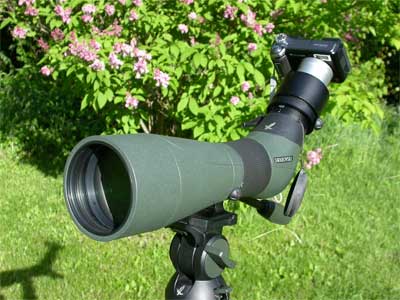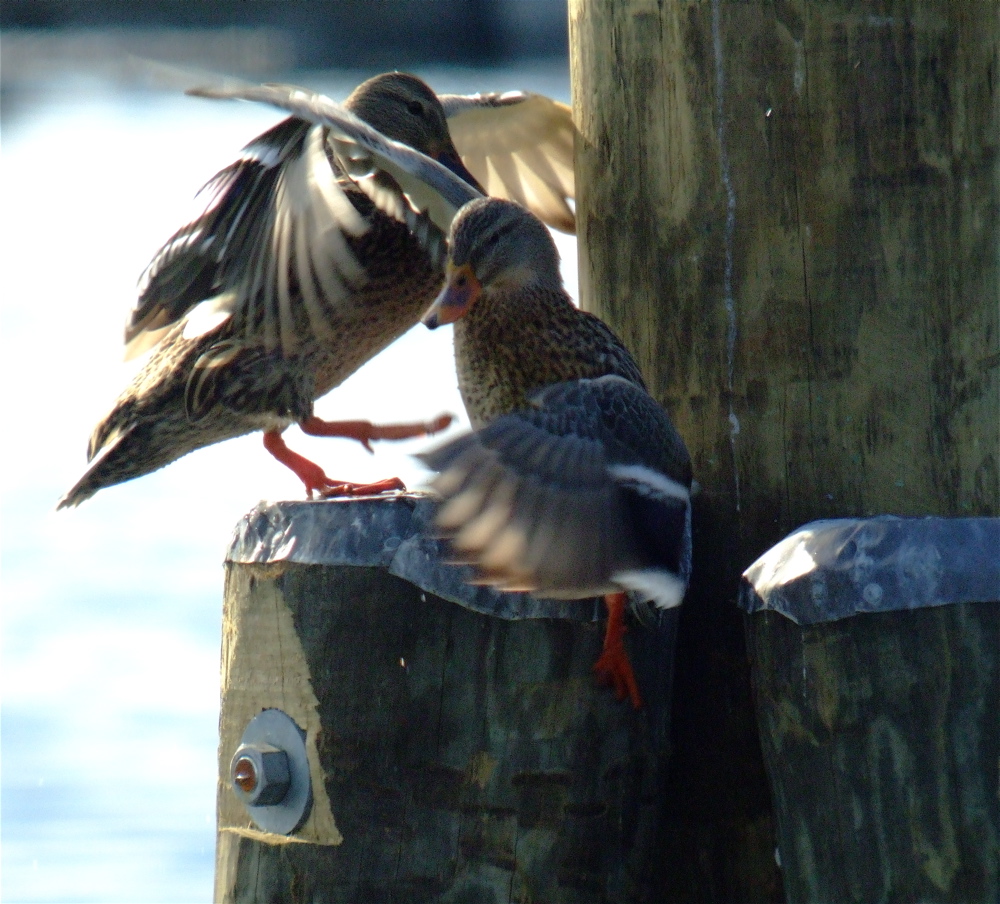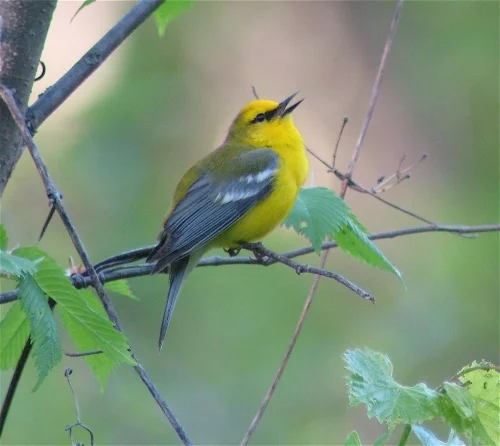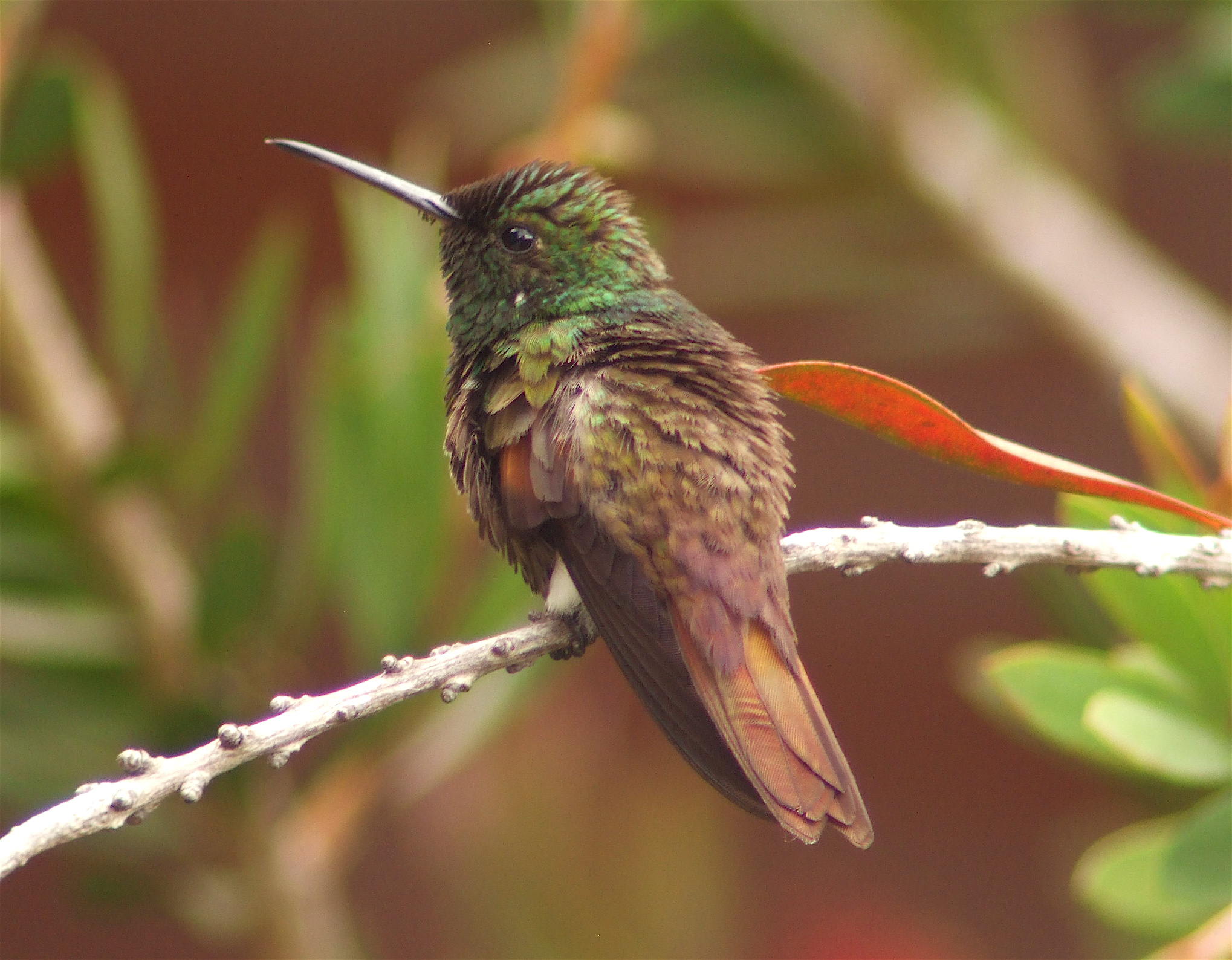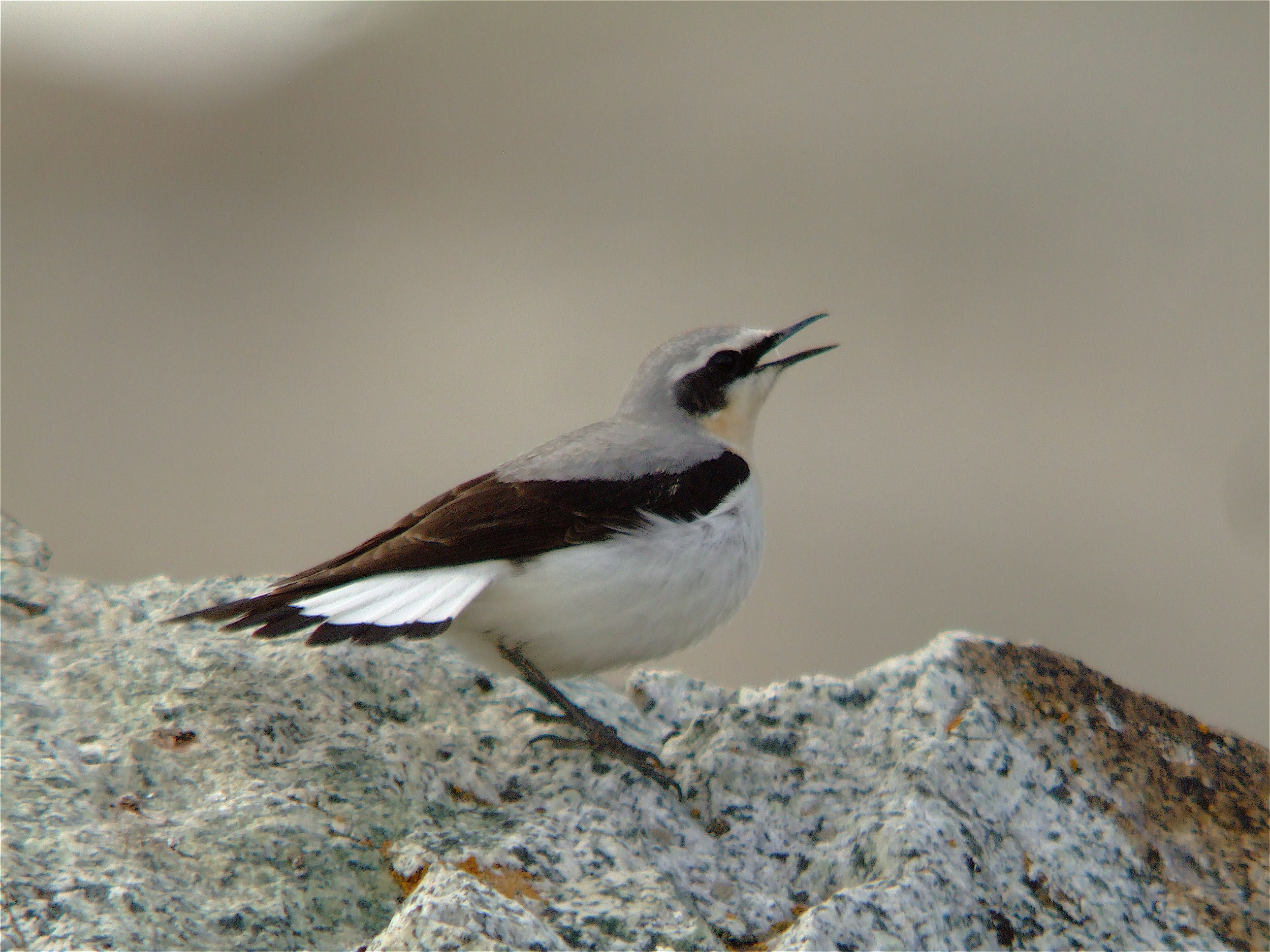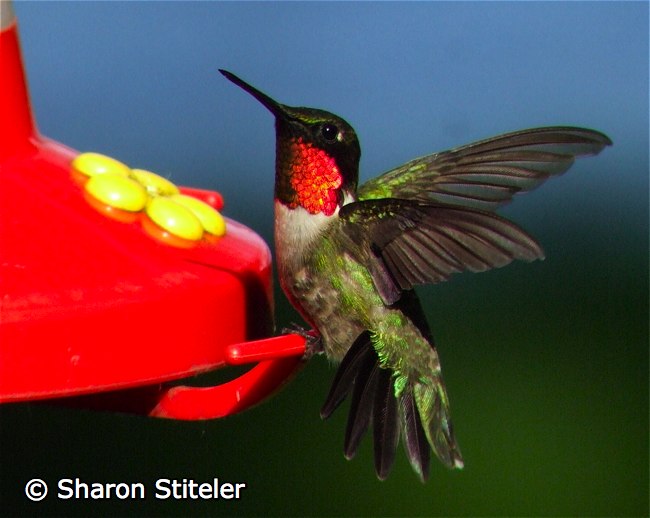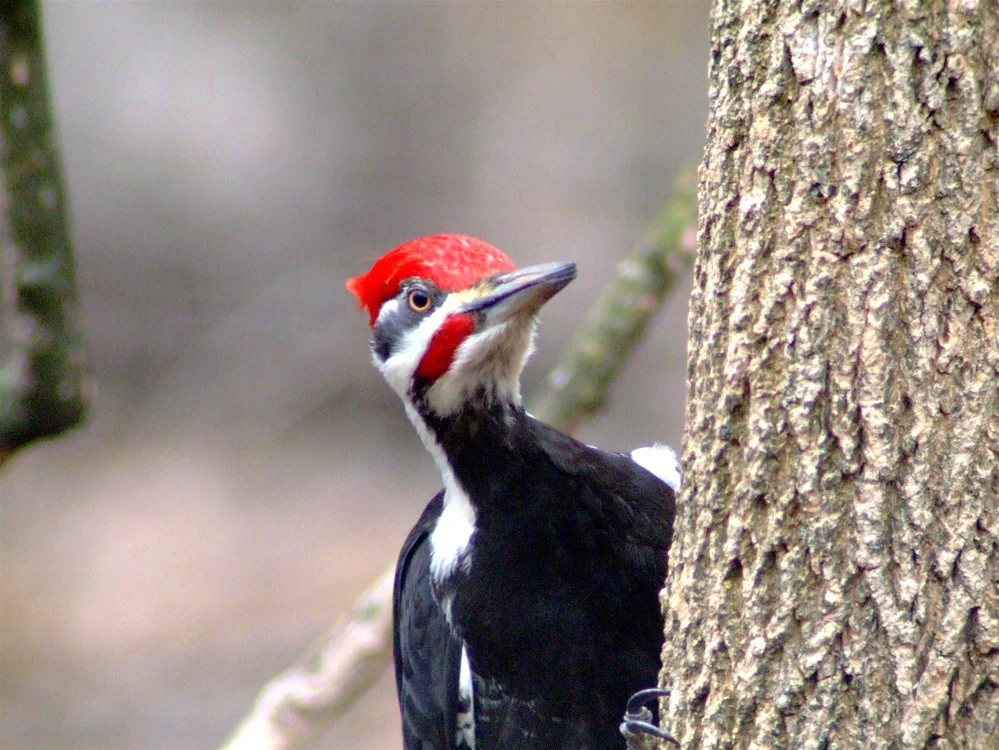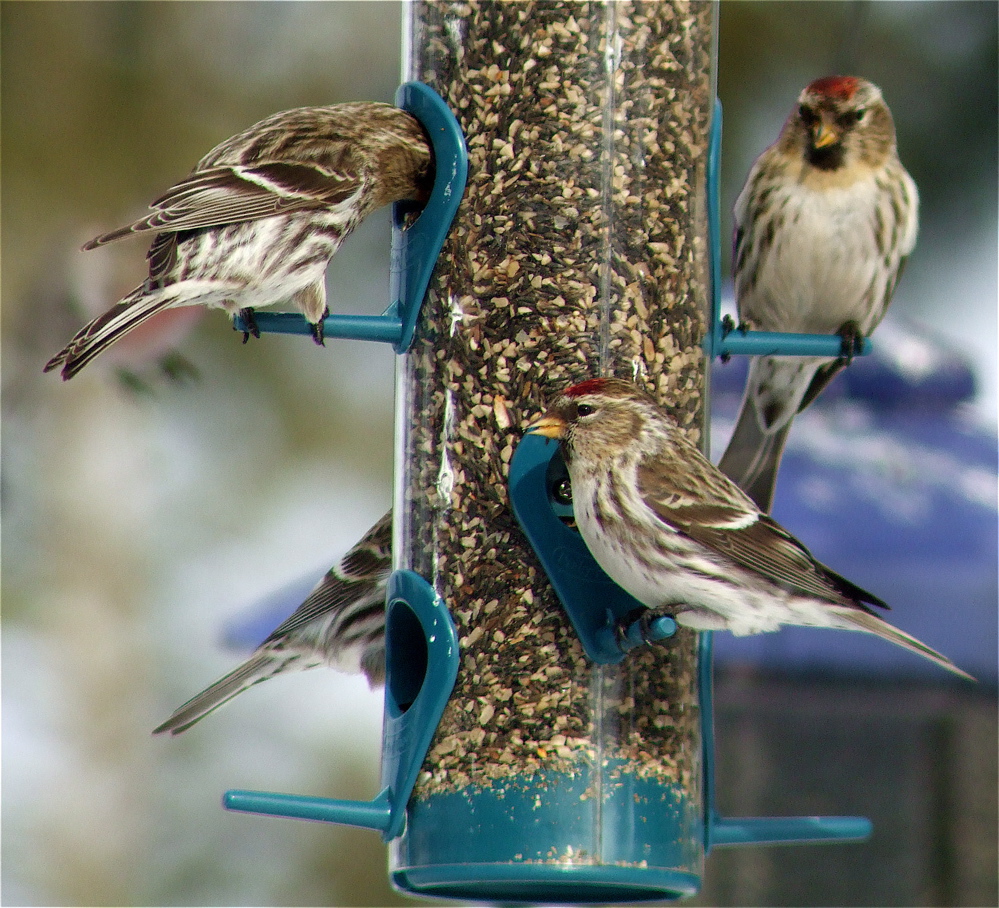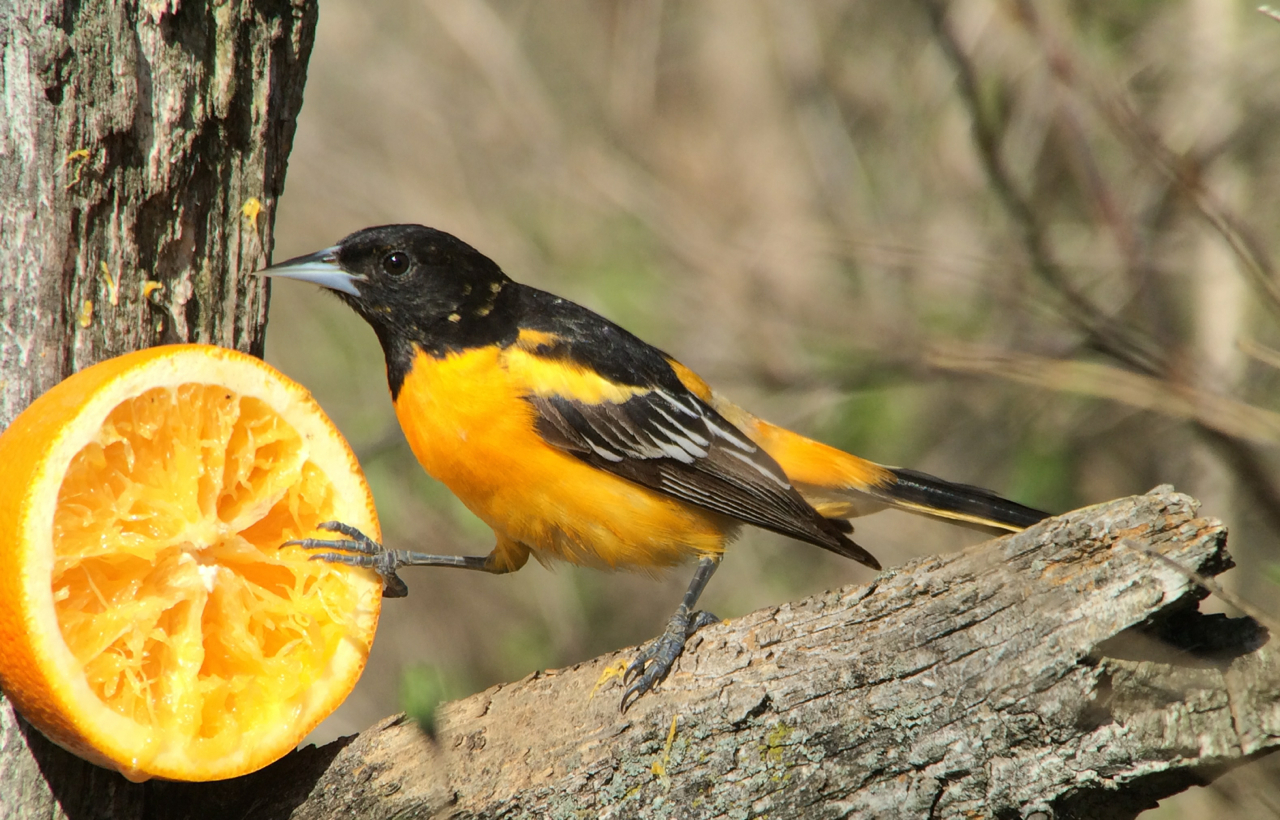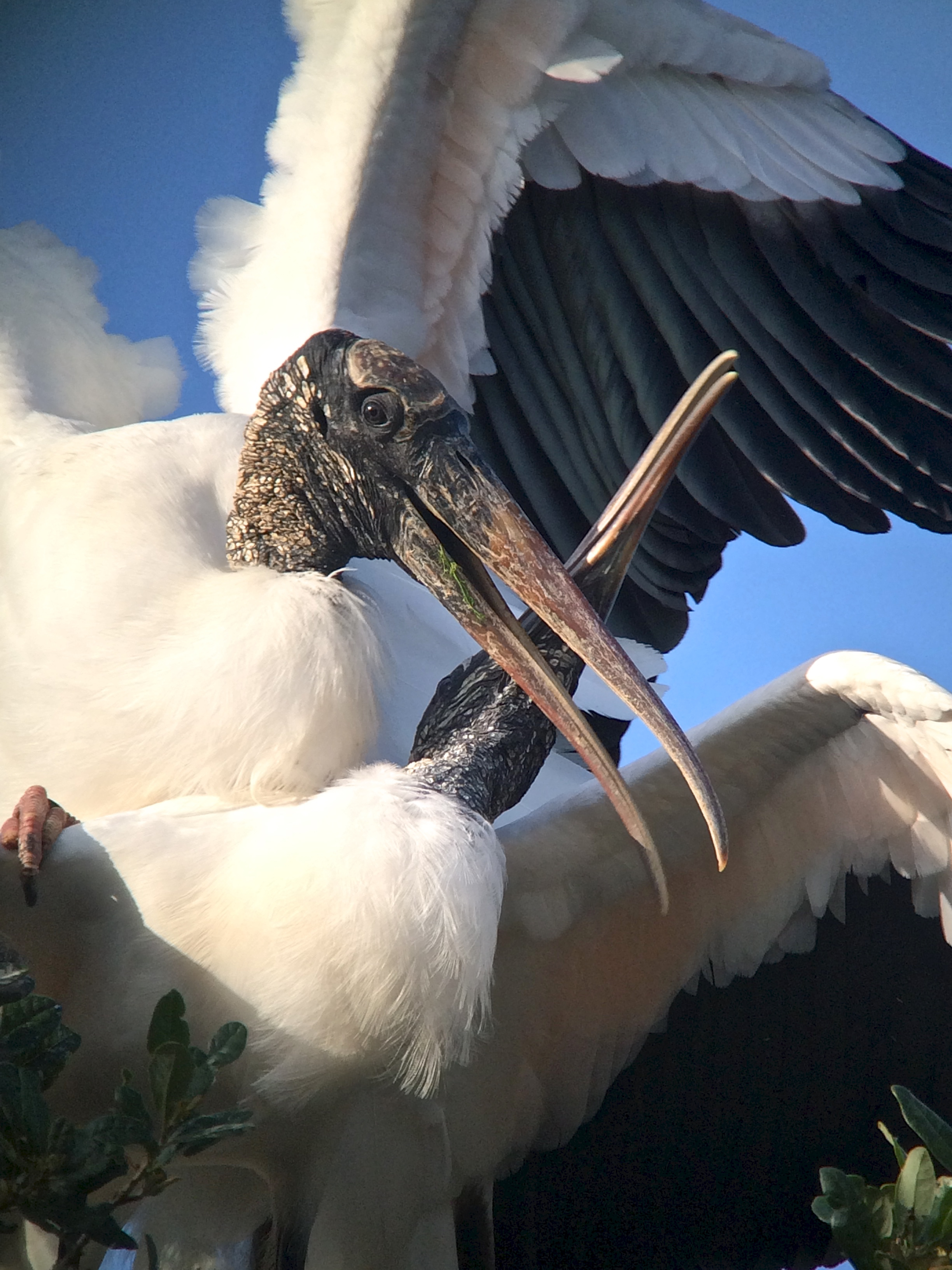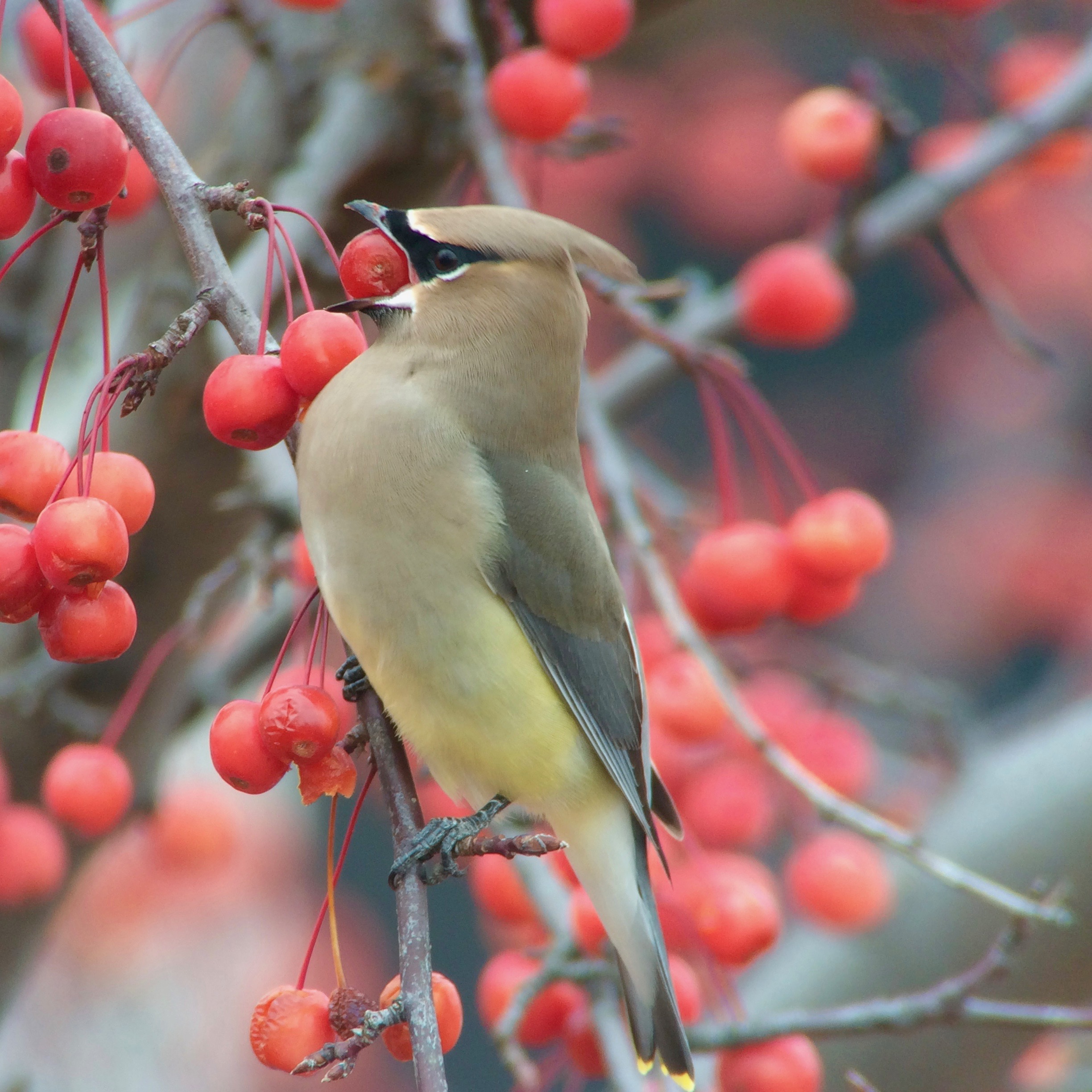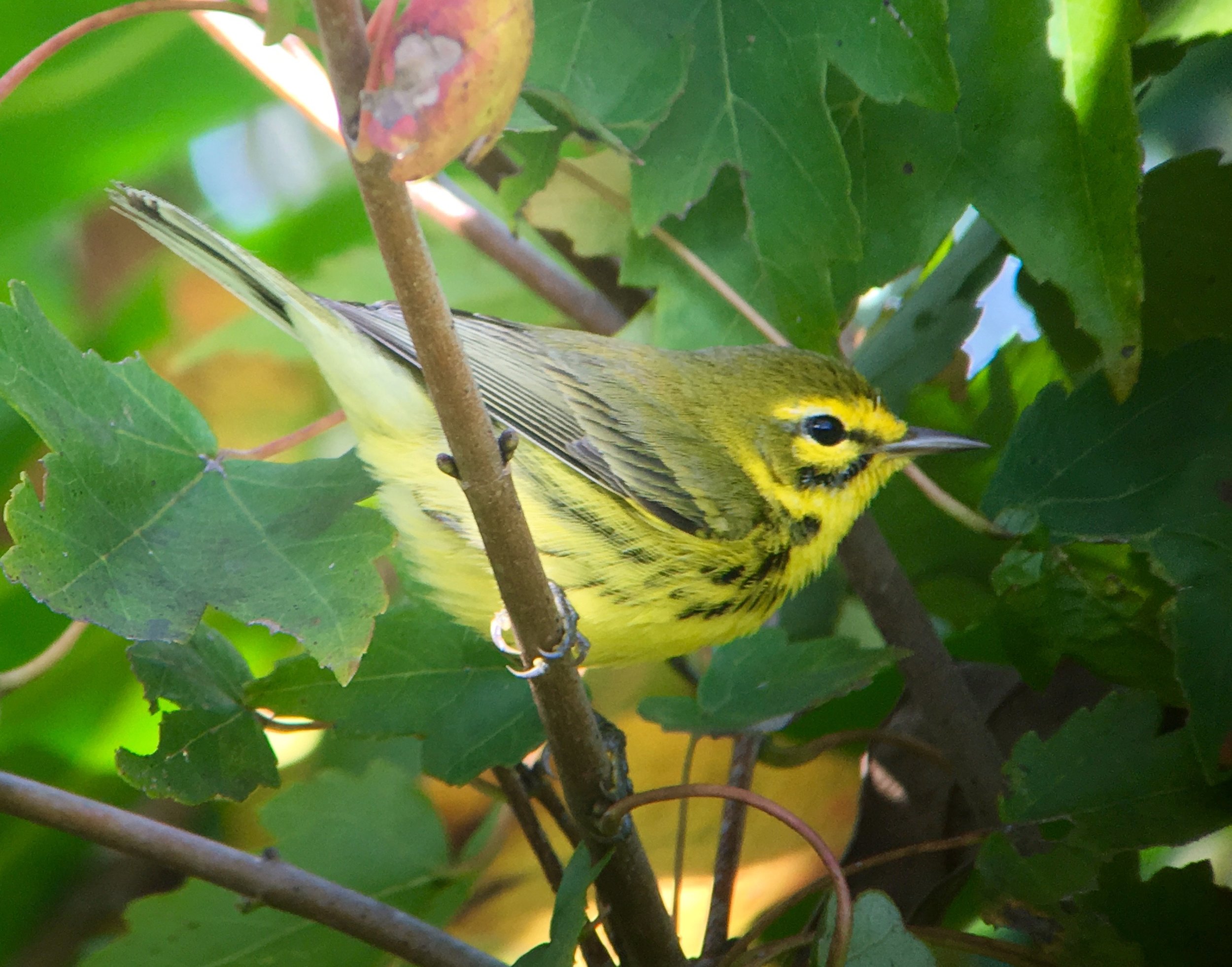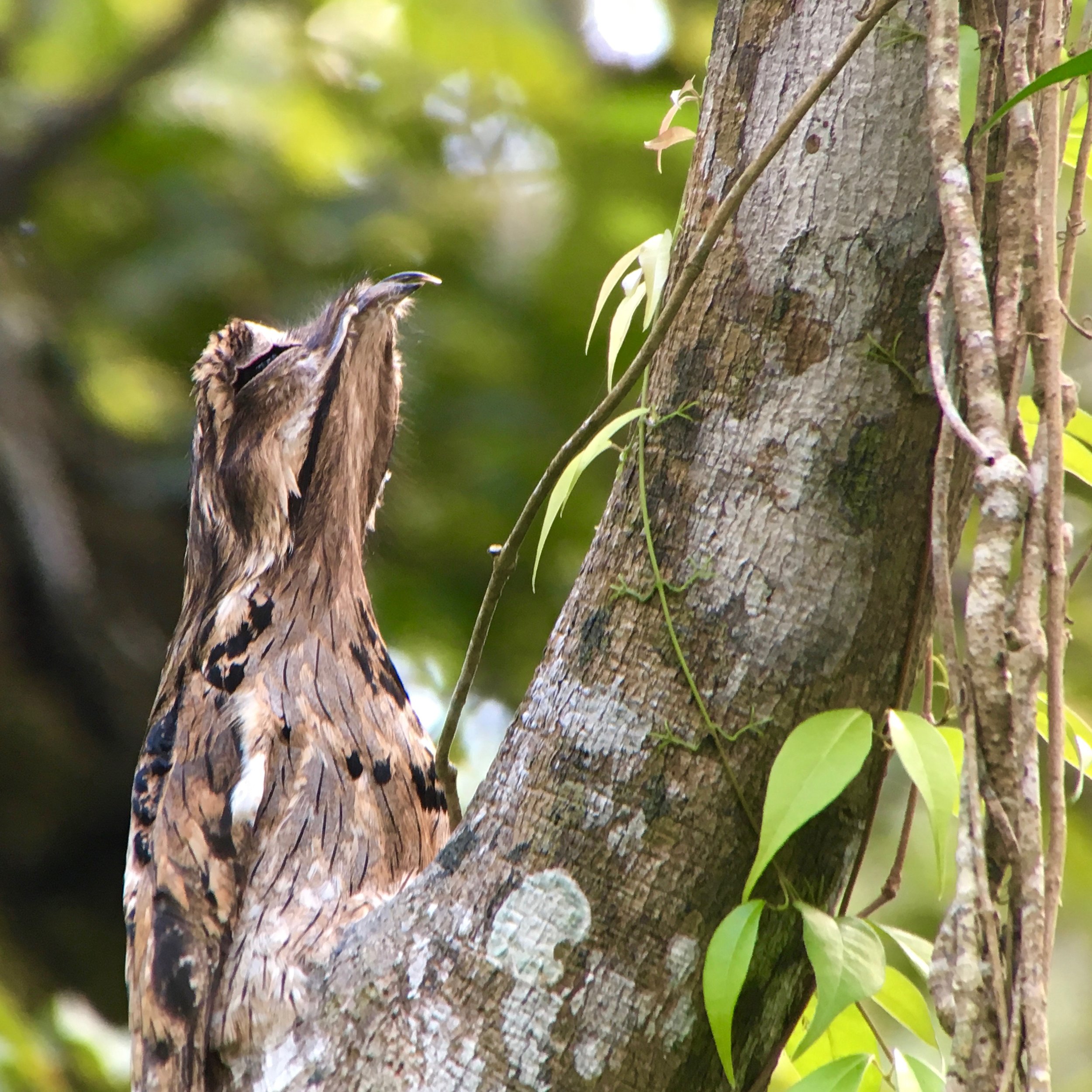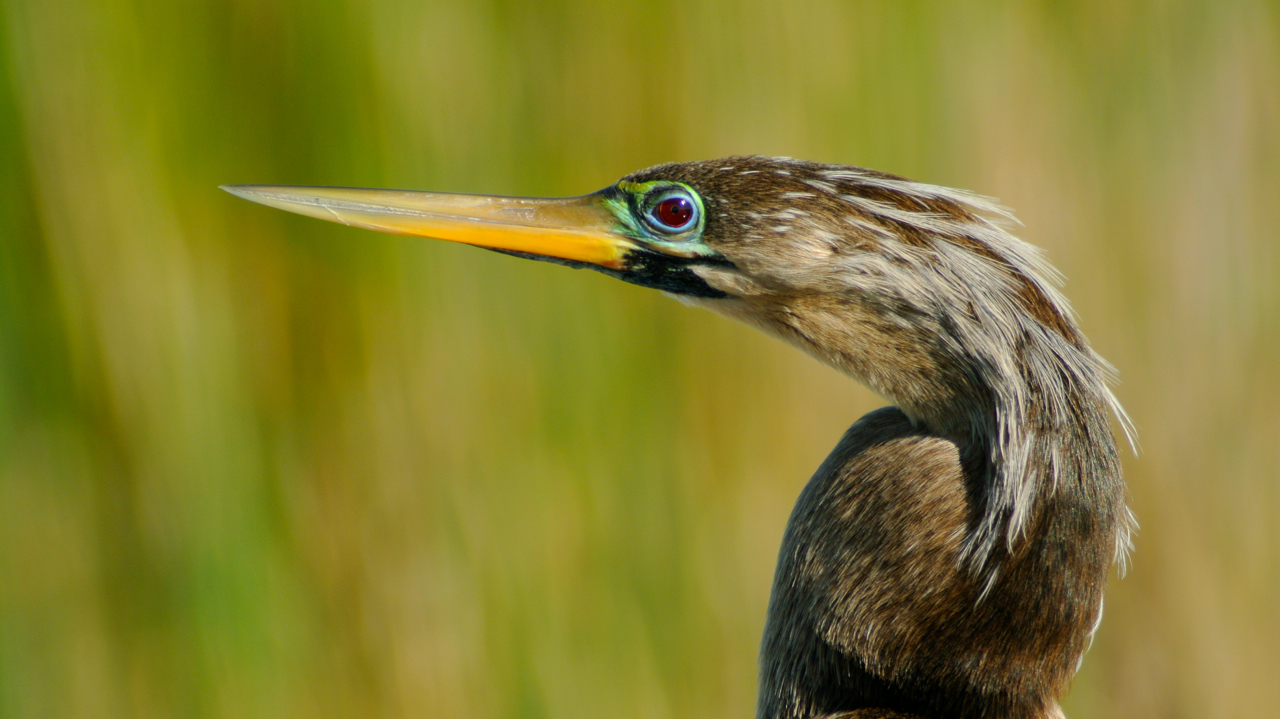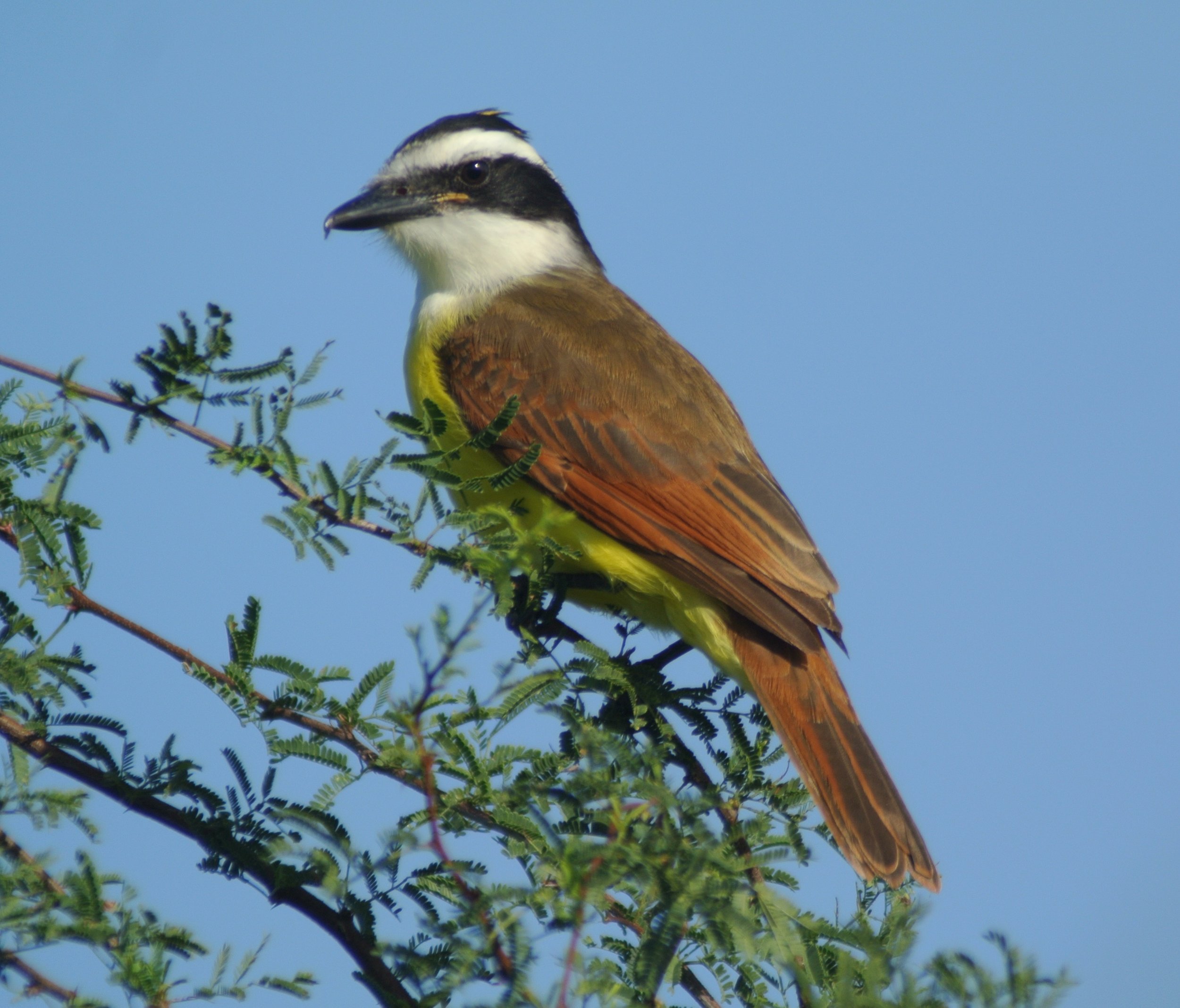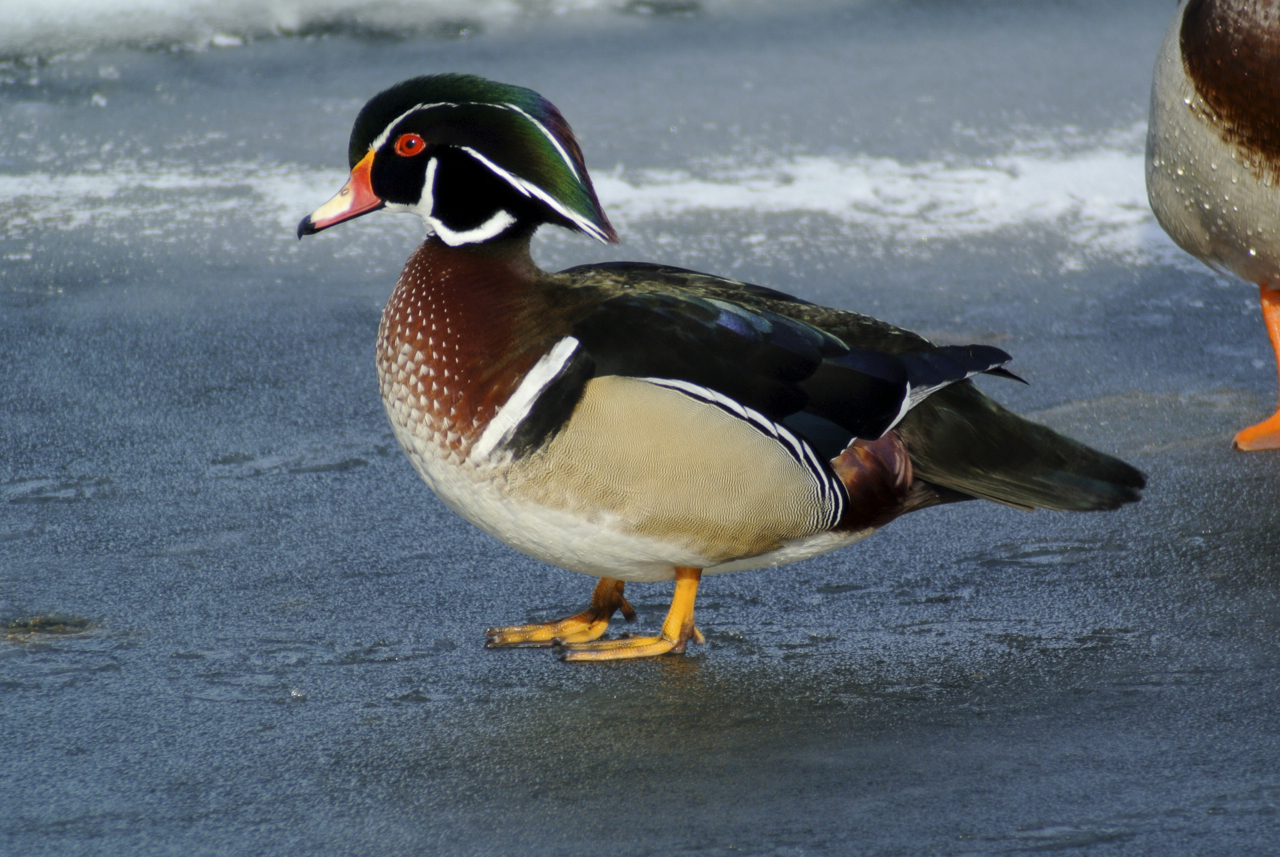What is Digiscoping?
Digiscoping is a terribly named photography technique of using some form of digital camera with a spotting scope or a pair of binoculars to take pictures. Ten years ago it was popular with birders who didn't want to take huge cameras out in the field, but wanted a chance to document a life bird or rarity by lining up a point and shoot camera with their scope. Point and shoot cameras were inexpensive, could fit in a jacket pocket and were great for taking photos of your friends and landscape as well as snapping a few photos with your spotting scope.
From there, some digiscopers gravitated to using digital SLR cameras along with a spotting scope to get fantastic shots of birds. Spotting scope companies started making adapters to get something like a Nikon D40 with a 50mm lens to work the eyepiece of the spotting scope. Allowing you to still look at birds and wildlife through the scope but to also take pictures of what you saw. You use the scope for the zoom and the focus. Digital SLRs are more expensive and require a little bit more camera knowledge than point and cameras, but once you figured out the settings, the possibilities were endless--especially when SLRs started to add the ability to take HD video! Though this photography technique can get you great wildlife shots, it's primarily for people who are wildlife watchers first and photographers second.
My current setup. I mostly use my iPhone x with a PhoneSkope Adapter and a Swarovski ATX 65mm scope. I love the light weight set up of this kit. Sometimes I do use the 95mm scope as well, but this is my go to set up.
Now using smartphones with your scope or binoculars is ALL the rage. And if you're thinking that you cannot get great footage with a phone and spotting scope, check this out (this was just me hand holding the phone after the sun went down with my old iPhone 4s):
That video is a little shaky because I was holding the phone up to my scope and it was -3 degrees Fahrenheit. Now I use a PhoneSkope case which makes taking photos and videos ten time easer.
Above is a still image of the owl in the video. While I find that I'm much more likely to get better images using my spotting scope, my friend Renner Anderson is a big proponent of using his smartphone with his binoculars. He came to one of my digiscoping workshops and showed me how it's done. Check out The Renner Technicque:
Here are images that I've taken with smartphones over the years. Many of these have been published in books and magazines.
I still dabble in SLR cameras in my scope. I currently use a Nikon V1 with various adapters and my iPhone 5s with my Swarovski ATX scope for photography.
I really like the easy way the Swarovski TLS APO adapter slides over my scope eye piece to make it easy to set up for photos. Because the adapter has a lens inside it that this optimized to work with the scope eyepiece, you don't need a lens on the Nikon V1...however, Nikon is not thrilled that you are using their camera body with another company's lens for photography so in order to get the camera body to recognize the adapter and take a picture...you have to purchase a bit of plastic from Nikon that has electronics in it and tells the camera body that it is ok to work with this adapter. Well played, Nikon, well played.
It's aluminum so it's study and lightweight. It also makes a cool sound like a sword coming out of a scabbard when you take it off the scope eyepiece.
This is my Nikon V1 with the Swarovski TLS APO adapter that I use with my Swarovski scope. Below are some images I've taken with this set up.
I find that using smartphones is easier to get on birds than SLRs, but whatever you use the most is what's going to work best for you.

